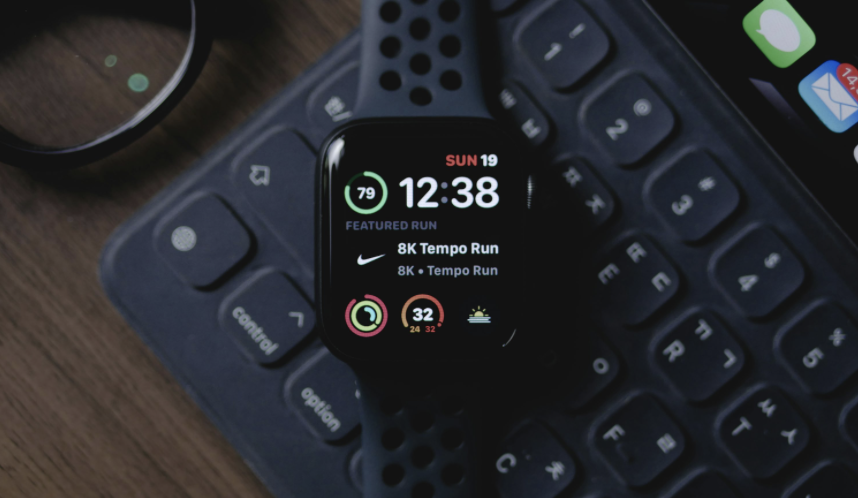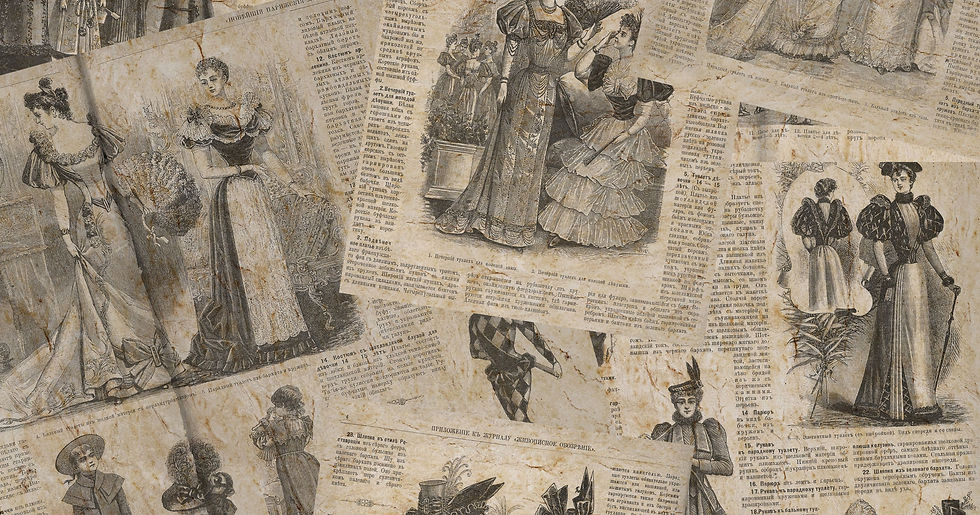Self-Tracking and the New Culture of Performance
- Raffles Kuala Lumpur

- 9 minutes ago
- 3 min read

Self-tracking has evolved from a niche wellness habit into a cultural movement. Apps and wearables have become part of how we narrate our lives. From the Apple Watch and Oura Ring to mood trackers and focus apps, people are now designing their day-to-day behavior as intentionally, aesthetically, and with as much focus on measurable outcomes as they would when designing a brand.
The shift isn’t just about health; it reflects how data has become part of our identity and expression. What was once private, such as our health data or sleep patterns, has now become shareable content. The “quantified self” culture is now mainstream. Social media feeds show step counts, sleep scores, and productivity streaks. This data becomes part of personal storytelling, transforming “self-care” into “self-performance.”
At the same time, brands have adapted to this shift. Nike has blurred the line between personal data and community motivation through its Nike Run Club app, turning private workouts into shareable achievements. Spotify’s annual “Wrapped” has made personal listening history a cultural event — turning data into a designed narrative, and statistics into emotion. These examples show how self-tracking extends beyond function; it’s a language of belonging, creativity, and brand identity.
Multimedia design plays a crucial role in this ecosystem. The interfaces we use every day are not just tools; they are emotional mirrors. Designers now have to balance accuracy with empathy. How does a circular progress bar make someone feel accomplished rather than judged? How can typography, color, and motion make feedback feel motivating rather than mechanical? These are the new design questions in the age of self-tracking.
Apple’s privacy dashboards visualize user control through clarity and calm design. For multimedia designers, this marks a new frontier focused on creating visuals that not only look appealing but also feel safe and authentic. The rise of minimalist, data-centered interfaces reflect a growing desire for transparency and trust.
Socially, the act of tracking has become a shared ritual. Just like journaling or photography once shaped personal reflection, tracking data itself is now part of how we communicate progress and identity. People post screenshots of their focus time, sleep graphs, and fitness milestones. These visual traces tell stories of discipline, transformation, and authenticity.
Ultimately, self-tracking has evolved into a form of self-expression. It connects technology, culture, and design in new ways. For multimedia designers, it’s a moment to reflect on how visual design can shape not just how data looks, but how people feel about their own lives.
Alice Teoh | Programme Director | Visual Design | Raffles Kuala Lumpur
References
Apple. (2025, February 12). New holistic Apple Health Study launches today in the Research app. Apple Newsroom. https://www.apple.com/newsroom/2025/02/new-holistic-apple-health-study-launches-today-in-the-research-app/
Google Developers. (2025, August 26). Building experiences for Wear OS. Android Developers Blog. https://android-developers.googleblog.com/2025/08/building-experiences-for-wear-os.html
Google. (2025, May 13). Android and Wear OS are getting a big refresh. Google Blog. https://blog.google/products/android/material-3-expressive-android-wearos-launch/
Transform Magazine. (2025, October). Innovation rooted in empathy. Transform Magazine. https://www.transformmagazine.net/articles/2025/innovation-rooted-in-empathy/
Muthumala, A. (2025, February 11). How to design for wearable devices: A UX perspective. Medium. https://medium.com/@aroshimuthumala/how-to-design-for-wearable-devices-a-ux-perspective-de9e723a58c6
Truslow, J., et al. (2024). Understanding activity and physiology at scale: The Apple Heart & Movement Study. npj Digital Medicine. https://doi.org/10.1038/s41746-024-01187-5
Design Incubation. (2024, March 1). Visualizing self-tracked data to navigate well-being. Design Incubation. https://designincubation.com/publications/abstracts/visualizing-self-tracked-data-to-navigate-well-being/













Comments